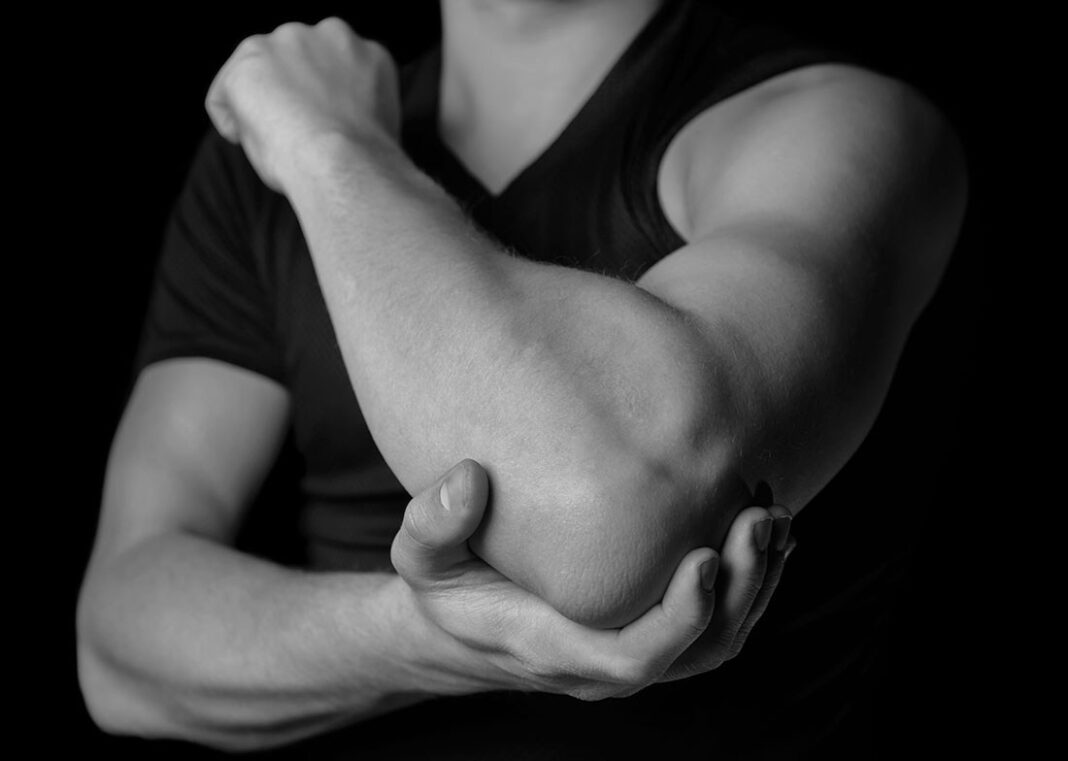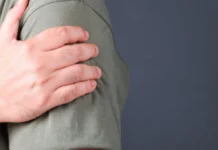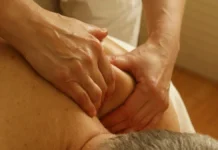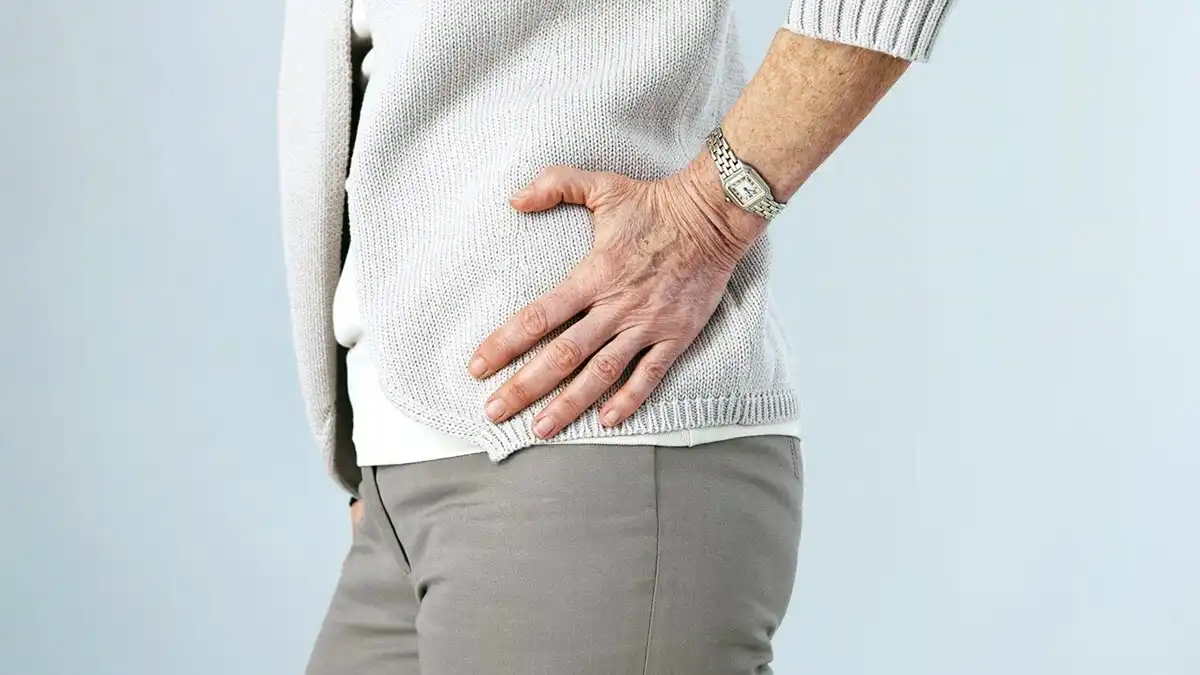Subacromial bursitis occurs when there is swelling between the top of the arm bone (head of the humerus) and the tip of the shoulder (acromion of the scapula). Between these bones are the tendons of the rotator cuff and a fluid-filled sac called the subacromial bursa, which protects the tendons. Bursae are sac-like structures located where there can be friction in the body – such as between tendons and bones. When there is too much friction, the bursa becomes irritated and inflamed, leading to bursitis.
The subacromial bursa lies above the supraspinatus tendon and is designed to reduce friction between the supraspinatus tendon and the overlying acromionic process of the scapula. Subacromial bursitis results from the same mechanical factors that cause shoulder impingement – repetitive compression of the tissue beneath the coracoacromial arch.
Normally, the tendons slide effortlessly through this space. In some people, this space becomes too narrow for normal movement. This causes the tendons to become irritated and the bursa to become inflamed. The inflammation causes the tendons and bursa to swell, which further reduces the space for movement. Eventually, the space becomes too small for the tendons and bursa. Every time they move, they are pinched between the bones. This is subacromial impingement.
Causes
- Trauma
- Inflamed joint
- Arthritis
- Gout
- Repeated movement
- Overweight
- Chronic irritation
- Involved in the inflammatory response of rheumatoid arthritis
- Upper limb muscle weakness
- Muscle tendon deterioration
- Calcium deposit
- Supraspinatus tendonitis
- Glenohumeral instability (excessive movement of the joint)
- Acromioclavicular (AC) joint deterioration
- Impact through the coracoacromial ligament
- Coracoid impact
- Impact on posterior-superior aspect of the glenoid
Symptoms
- Sensation of pain or stiffness
- Increased discomfort when you move or press on it
- Swelling, redness
Pain is felt
- Located on the outside or top of your shoulder
- When you lie on your shoulder
- Worsens when you lift your arm to the side
- When pushing or opening a door
- Trying to ‘walk around’ your arm
- Pushing on the top of your shoulder
Prevention
- Lift properly.
- Carrying heavy loads puts pressure on the bursa of your shoulders. Use a trolley or wheeled cart instead.
- Take frequent breaks.
- Maintain a healthy weight. Being overweight puts more stress on your joints.
- Exercise.
- Warm up and stretch before strenuous activities to protect your joints from injury.
- Rounded shoulder correction




























